It is highly unlikely that you have not heard of the Fujifilm X100VI. Similarly, you’ve probably seen some polarizing discourse around it. For some reason, it’s seemingly only appropriate to love this camera or dunk on it. There is no in between.
While the end result of this review — spoiler, I guess — will be on the side of the former rather than the latter, I think it is important to talk about this $1,600 camera from the perspective of both points of view, for as many things as this camera gets right, it’s not flawless. Similarly, the things that aren’t perfect don’t wholly ruin the experience.
As much as I love the lens, the sensor, the in-body image stabilization (IBIS), and the overall “vibe” of the X100VI, I am just as frustrated with the archaic menu, its ports that don’t support the new video features, and the limitations of a single focal length (a focal length that Chris Niccolls, famously, doesn’t like). And while I know it was necessary to fulfill massive demand, I am slightly disappointed it’s not made in Japan anymore. But part of reviewing a camera is evaluating the experience of using it over time, and I have spent a lot of time with this camera since it was announced in February.
![]()
From that experience, I can think of just a handful of times that I cursed under my breath at the X100VI while I long since lost count of the number of instances where using this camera put a big dumb smile on my face. You are welcome to read why this camera has brought so much joy to me and other members of the PetaPixel team, but as a high-level overview, I have no hesitation saying this: The Fujifilm X100VI is the most fun I’ve had with a camera in over a decade, and I am not being hyperbolic by saying I feel a significant, even urgent, loss without it around anymore.
Fujifilm X100VI Review: Design and Build Quality
It almost feels silly to talk about the design of the X100VI since it has become such an iconic camera — especially in the last couple of years when the X100V blew up in popularity. The X100VI really doesn’t change much from its predecessor. The new version is minutely larger to accommodate the new IBIS unit, but it’s practically imperceptible in the hand.
![]()
The X100V also had a small design touch of a red mark on the trigger to the left of the lens, which is plain silver on the X100VI. I miss the colorful accent. During the launch, a group of us asked the company why this was changed, and the response was along the lines of, “It was distracting.” Agree to disagree.
Fujifilm also made the rear LCD tilt down just a bit more on this new version, which I appreciate.
![]()
Otherwise, the body feels basically identical to the X100V for better and worse. I like how it holds, I enjoy the positioning of all the dials, and the addition of IBIS is a boon for street photography. On the flipside, I wish the ports had been updated to be more usable for video since the X100VI allows filmmakers to do quite a bit more than the X100V did, but I am not too hung up on it (Jordan may disagree as he struggled with #donglelife during the production of our video review).
![]()
Build quality is no less impressive. The X100VI isn’t necessarily “pocketable,” but its compact size means that I was throwing it into backpacks, knapsacks, jacket pockets, and more during my time with it, and it confidently handled the abuse. I don’t mind the plastic that makes up the majority of the body because the metal top plate and lens array feel really high quality.
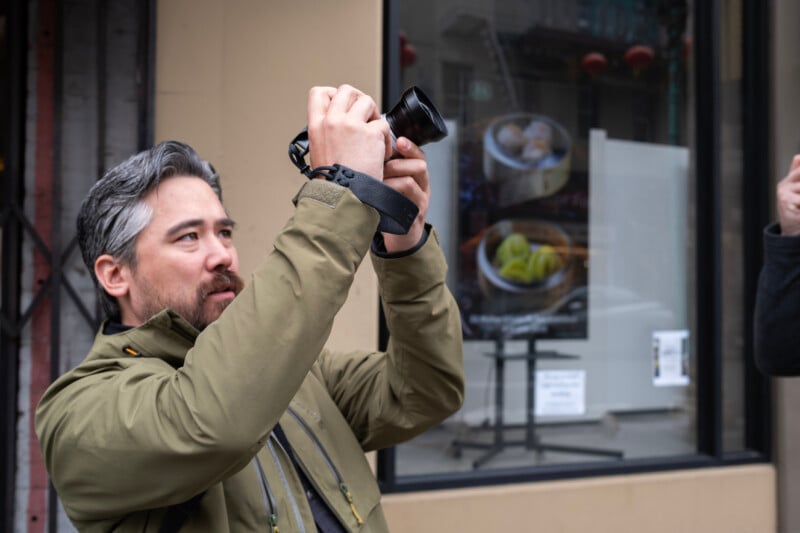
Battery life isn’t great, however. At one point, the team was using three X100VI cameras at the same time: two for photography and one for video. I was easily able to go the whole day without burning more than one dot of battery on my X100VI, while Chris nearly wiped his out, and Jordan required two and a half batteries in order to get through the day shooting video. The greater drain from shooting video was to be expected, but it was odd how much more battery Chris burned than me, considering we were shooting at basically the same cadence. If I had to guess, I was just a lot more diligent about turning the camera off when I wasn’t actively shooting, and he opted to leave it on most of the time.
Whatever the case, don’t expect industry-leading battery life out of the X100VI. The addition of IBIS and the higher power draw of a much higher resolution sensor versus the X100V means that the X100VI can very easily chew through batteries during packed shooting days. Carrying a spare would be advisable.
![]()
Fujifilm’s menu really could use an overhaul. It’s certainly not the worst I’ve ever used, but it feels dated and archaic, and it’s not especially easy to find what you’re searching for. To me, there is not a compelling reason for Camera and IQ to have separate categories except to confuse me, and the position of options is not what I would consider intuitive. This is, unfortunately, not a new criticism though. Similar critiques have been levied against many of Fujifilm’s recent cameras. Hopefully, Fujifilm has a Sony moment and dedicates resources toward a wholesale menu redesign because it is sorely needed.
Luckily, the issues with the menu are only present in the first few hours using the camera. Once you’ve dedicated the time to setting it up to your tastes, you’ll very likely not need to revisit the menu ever again.
![]()
Finally, I do want to briefly mention the hybrid viewfinder that the X100VI employs. While it’s not a real rangefinder, it has the rangefinder “feel” and does allow you to see the world as it is with an overlaid menu and gridlines. Honestly, I didn’t use this view very often. I much more frequently enjoyed flipping up the EVF so that I could see exactly what the camera was seeing and, more importantly, preview my photos using my chosen film simulation (more on that later). Still, I appreciate that it is an option, and for those that prefer the real-world view, it’s there. Just bear in mind that, for reasons that were never explained to me, IBIS and autofocus performance are slightly worse in this mode.
Fujifilm X100VI Review: New Sensor, Same Lens
It’s difficult to talk about the build quality and design of the X100VI without mentioning the fixed 23mm f/2 II lens (35mm full-frame equivalent). It’s the lens from the X100V, which many were concerned would not be able to resolve the details on the new, much more demanding 40-megapixel sensor. I have even seen influencers and media personalities go so far as to definitively state that it can’t resolve the details.
Based on extensive testing, those concerns should be allayed and associated claims marked as absurd. This lens works extremely well despite not only far more resolution to resolve but also a more advanced autofocus system.
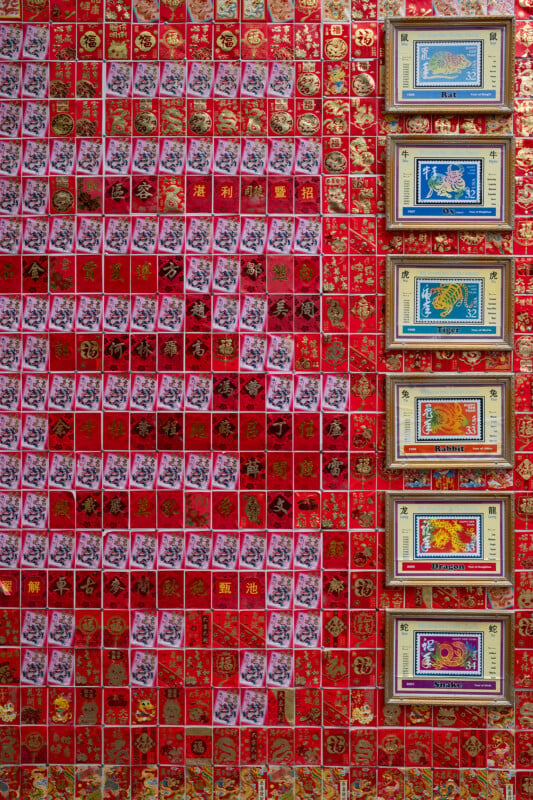

I loved having the crop-in capability of the X100VI’s 40-megapixel sensor and never once have I felt like any photo I captured was less than razor sharp. While it’s definitely a bit soft when wide open at f/2, like most lenses, it clears up quickly by stopping down and I am perfectly happy with the optical performance.
Having the added resolution of this sensor makes being tied to a single focal length far more bearable. While I typically don’t dislike 35mm, there are times I wish my frame was tighter. The freedom to crop, and to crop a significant amount, without losing visual fidelity is granted because of this added resolution, which I think should not be overlooked.
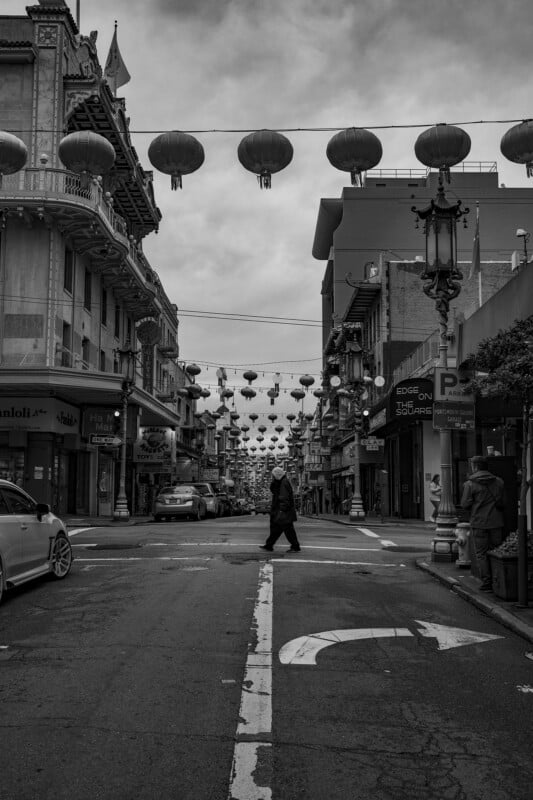
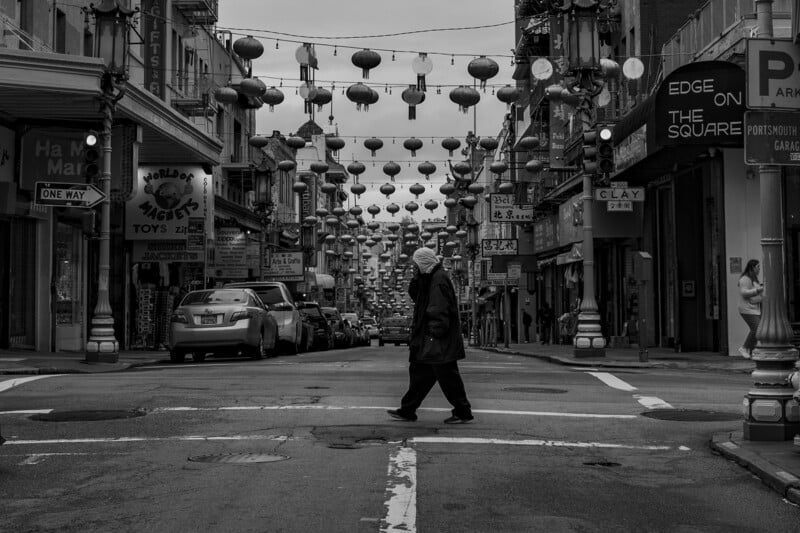
Similarly, while pushing the performance to the absolute maximum it can handle, I found the autofocus motor in the X100VI reliable and fast. Fujifilm added its latest generation tracking capability to the X100VI, and while I don’t expect you to capture birds in flight consistently with this hardware, it’s very good in most, if not all, situations where you’d find yourself using the X100VI. I’ve tracked people walking towards me, across the frame, and away from me without issue. The lens is loud; you can hear it working. If it were a person, it would be breathing heavily and sweating profusely with the strain, but it handles it and rarely — if ever — let me down.
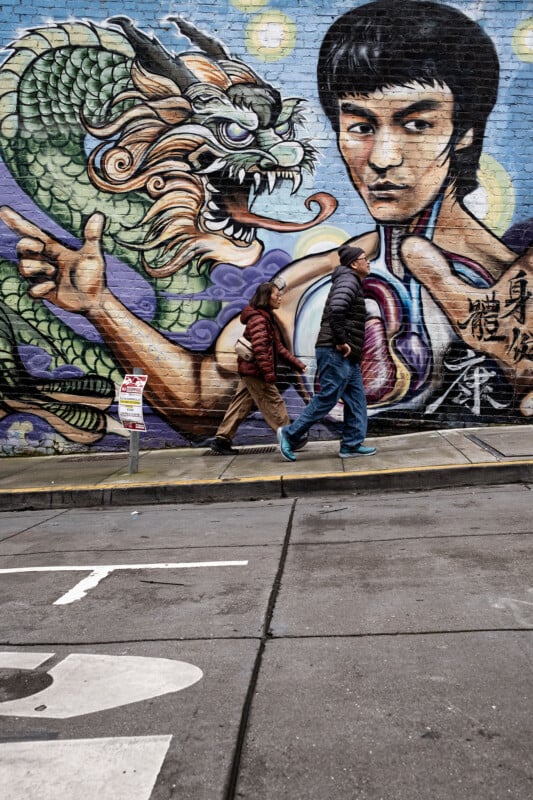
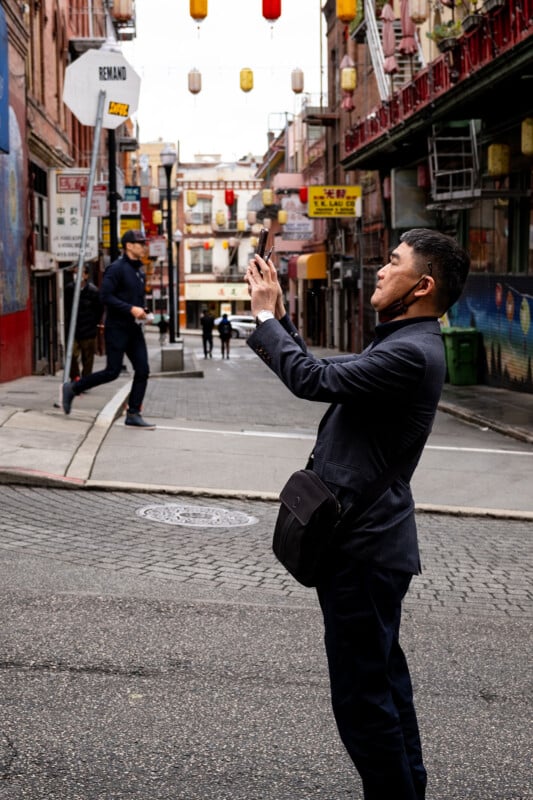
Low light performance is good, mostly because the noise profile of this sensor is aesthetically pleasing. Coming from shooting mainly full frame cameras, I did notice that I was seeing noise creep into my photos much sooner than I’m used to, but at the same time, I wasn’t displeased to see it. Maybe it’s me rationalizing the poorer performance comparatively, but I find myself loving how film grain-like Fujifilm’s noise is.
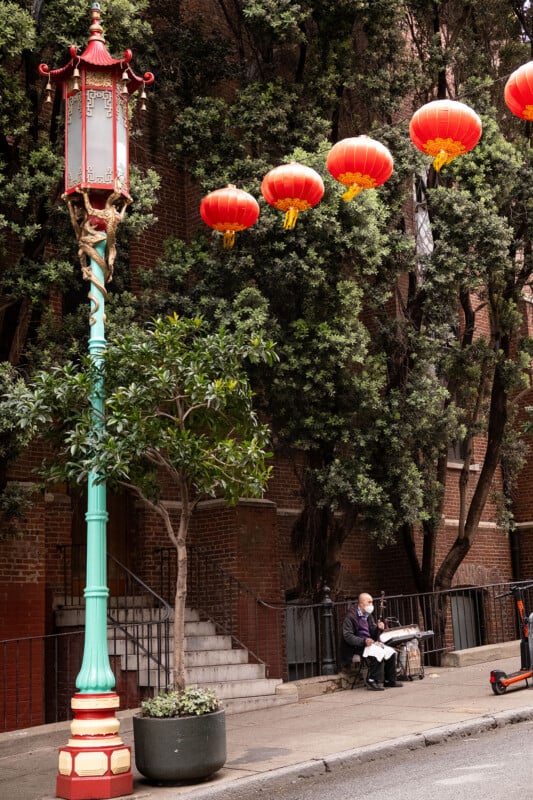
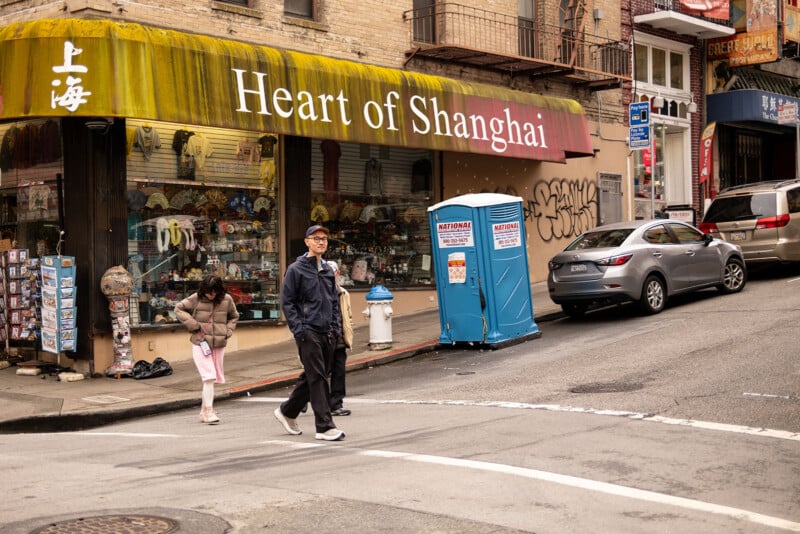
It’s probably not news to anyone who has used Fujifilm’s other 40-megapixel camera bodies, but this sensor has really lovely dynamic range. I can shoot several stops over and underexposed and bring those details back with relative ease in post, which is especially handy when taking long exposure shots that are now made possible thanks to the IBIS.
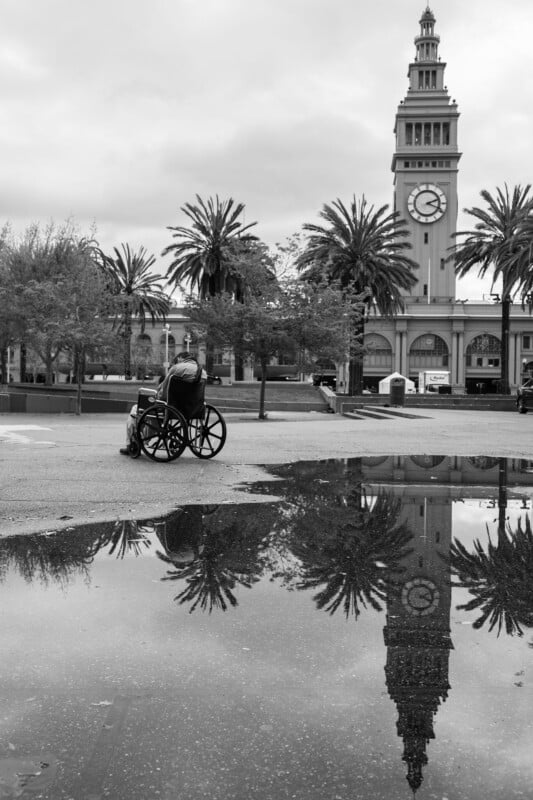

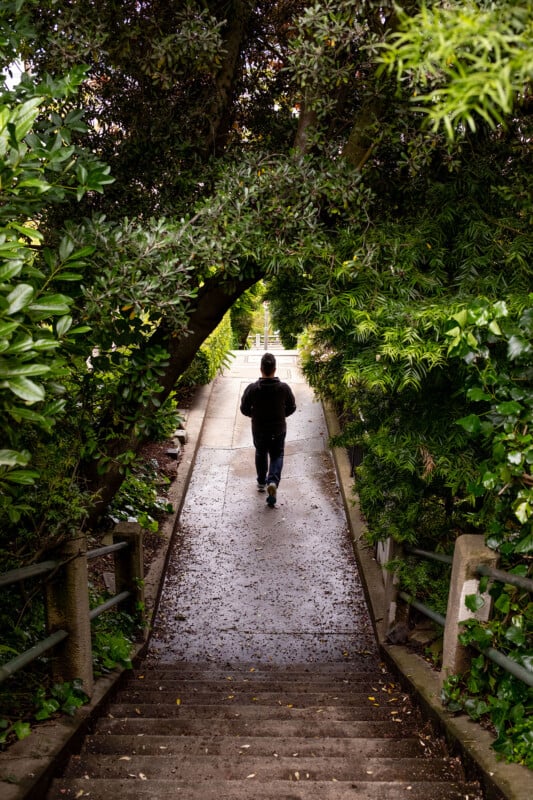
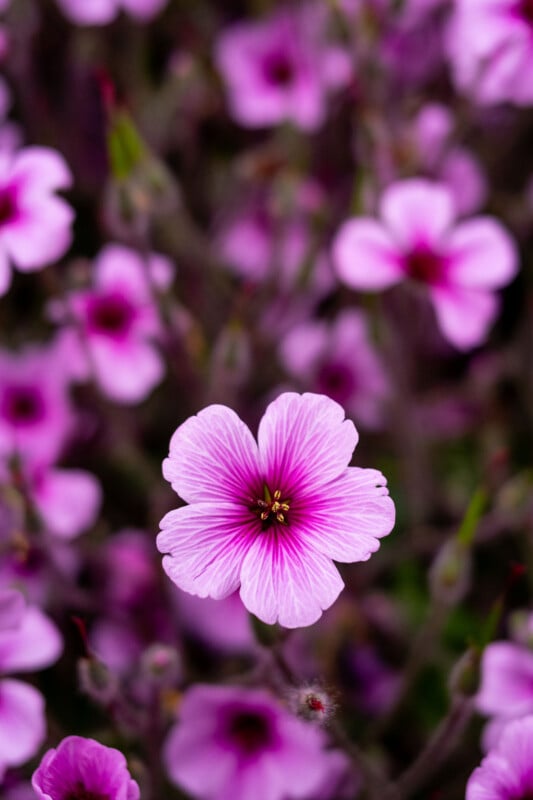
Outstanding Stabilization
The X100V was good, but I argue the X100VI is great because of this impressive new sensor stabilization system. I adore long exposure street photography but hate using a tripod or monopod to achieve it. Not even all IBIS systems from all manufactures are good enough to allow for hand-held long exposures, but the one in the X100VI is more than good enough. I am able to hand hold this camera for half a second and get tack sharp backgrounds with ghostly, blurred movement in the foreground. Often, that was too much blur and I found the sweet spot to be around a quarter of a second exposure, which was even easier to nail.
![]()
![]()
![]()
Motion is so easy to convey with the X100VI that found myself regularly flipping on the built-in neutral density filter in order to give myself the ability to use long exposures in the middle of the day. That’s just one more touch that makes the X100VI feel as small and portable as it is: you don’t need anything extra to make beautiful photos with this camera. It feels complete and truly all-in-one.
![]()
![]()
Film Simulations
Perhaps Fujifilm’s greatest software strength is its film simulations, and they feel so at home on the X100VI. I absolutely love the ability to pre-visualize an edit using simulations, so even if I never intend to publish the camera’s JPEG results, they serve as a great way for me to, basically, edit in the field as the photo is being taken. Seeing a photo with its intended final look as it is happening is a powerful experience.
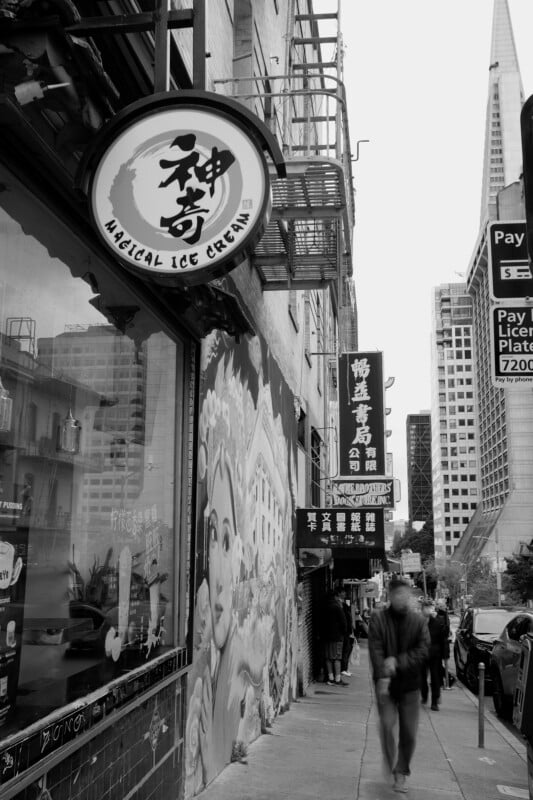
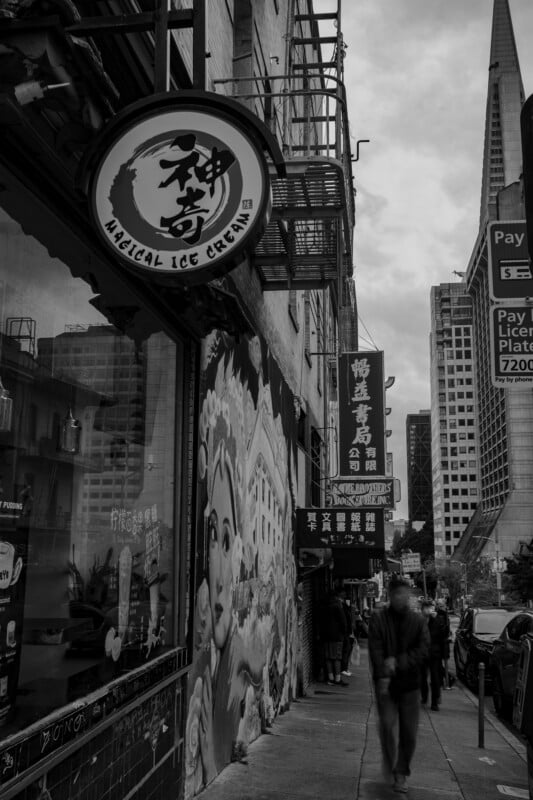
The X100VI sees the addition of the Reala Ace profile and while I was initially enamored with it, I did find that it lacks the color punch and contrast I enjoy in my photos. As I used the camera, I found myself in the Provia, Acros, and Velvia profiles far more often. Velvia is ideal for scenes with lots of green and blue, while Acros put me in the black and white mood that I channel for my street photography thanks to my dad.
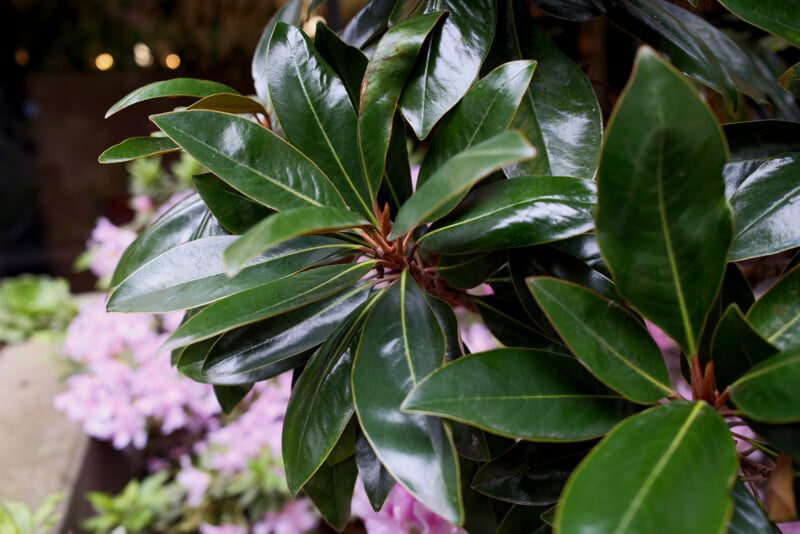
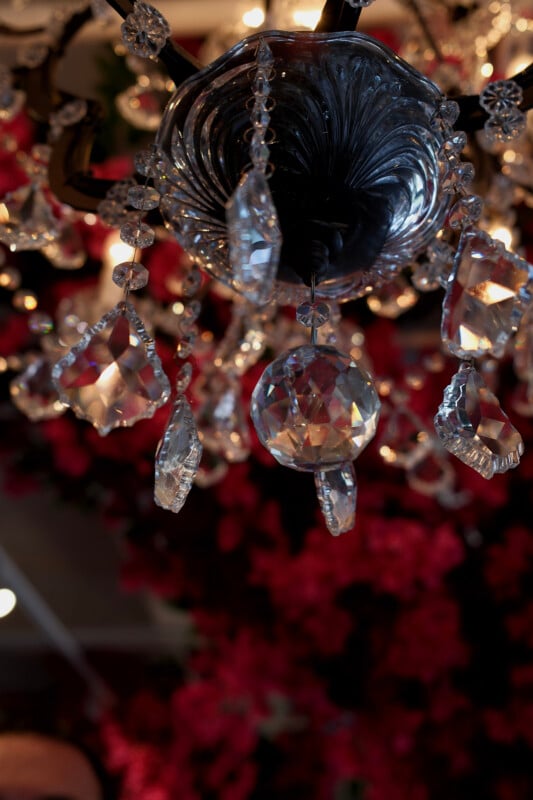
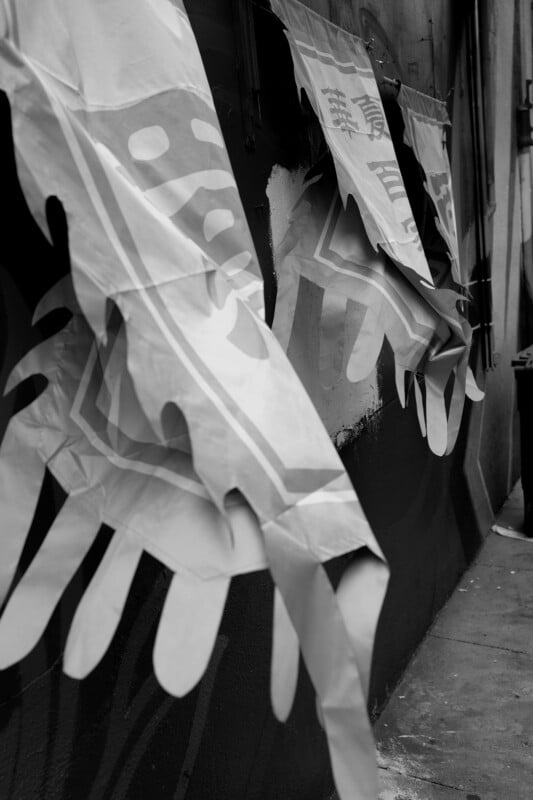
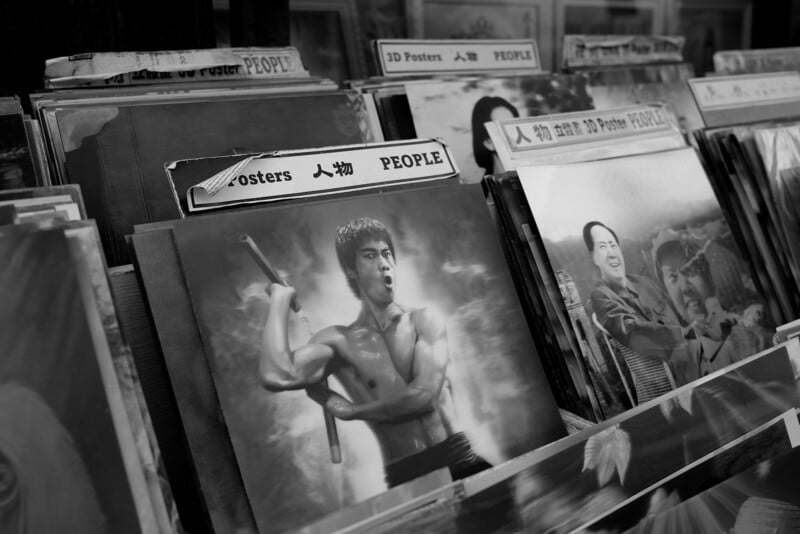
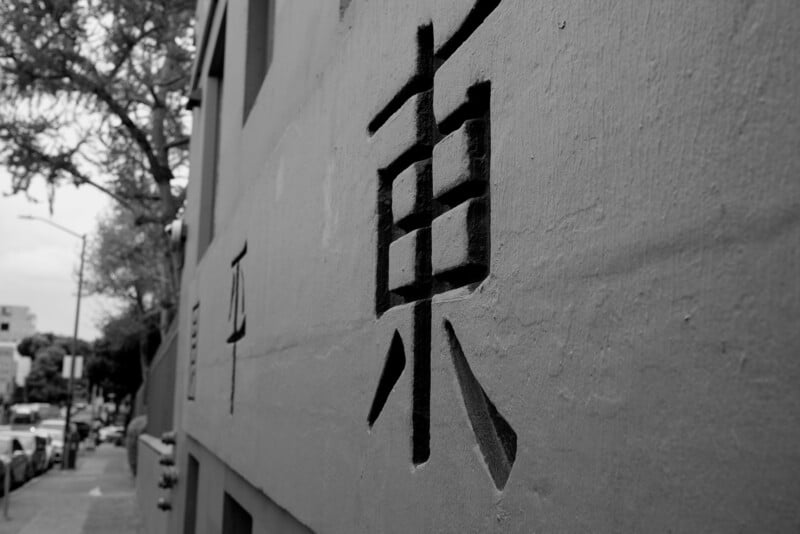
While I rarely publish images straight out of the camera, even when there is a film simulation applied, you certainly can do that with more flexibility thanks to the added support for HEIC files in the X100VI. I ended up shooting mostly HEIC + RAW for that richer data compared to JPEG, and it’s worth noting that at least on Photoshop for Mac, you’ll have to choose to open those HEIC files as a RAW file in order to edit them; dragging them onto Photoshop without this step results in an error.
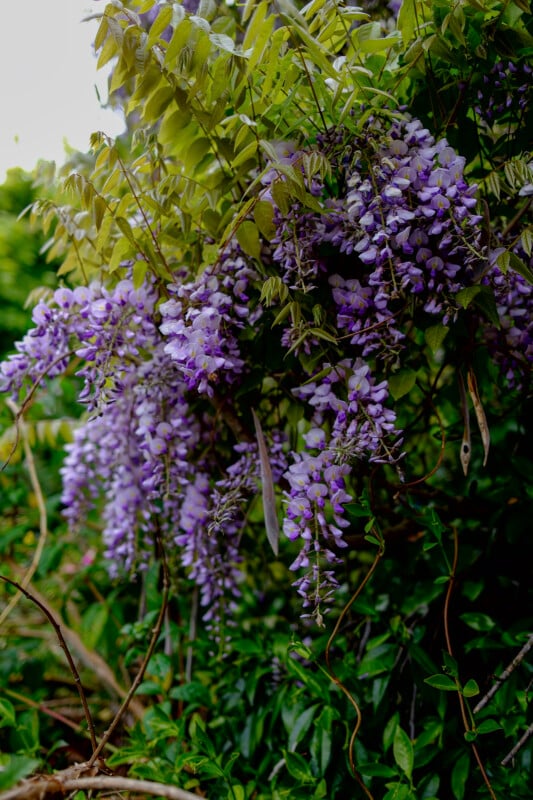
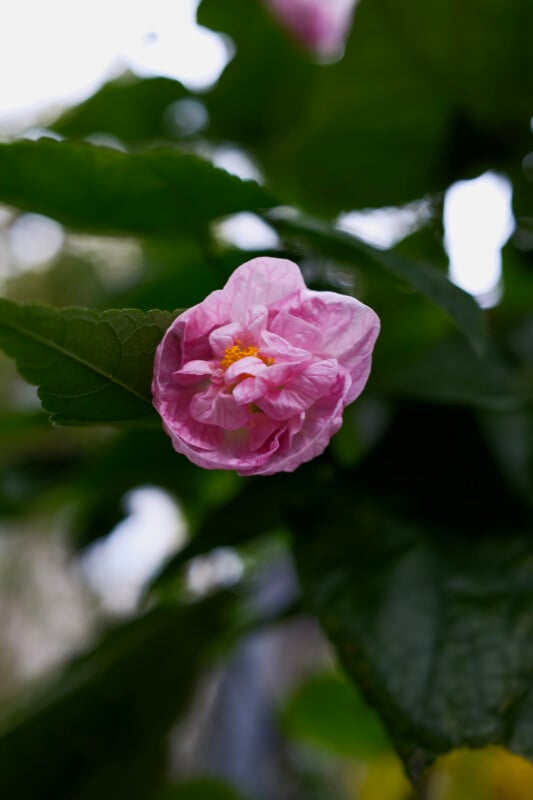
Fujifilm X100VI Review: The Best Non-Video, Video Camera
While I didn’t shoot much video with the X100VI, Jordan Drake, PetaPixel‘s YouTube director, did. We had the opportunity to not only evaluate the X100VI but do so while filming that experience with another X100VI. Aside from the aforementioned issues with the dongles that make holding and using this camera when you’re trying to record decent audio a real pain, Jordan would not stop saying how much fun he was having.
In fact, he went so far as to say this was the most enjoyable video shooting experience he has ever had with a camera. Any camera. Ever.
![]()
![]()
That’s absolutely insane if you devote even a couple of seconds to think about it. This camera, with its fixed lens, less than ideal video sensor, clicked aperture, and poor port selection still managed to bring Jordan — who is famously persnickety — to bouts of giggles as he had a big grin on his face the entire day.
I want to be clear: this is absolutely not a video camera. However, it’s equipped with the ability to allow filmmakers to succeed with it in spite of all the downsides. The film simulations look gorgeous in the video format and any time more dynamic range was needed, Jordan would switch over to F-Log knowing that he could drop the appropriate film simulation LUT over it in post and have it match perfectly.
![]()
![]()
The X100VI is not the optimal choice for the type of video that we do at PetaPixel (even though it obviously can succeed here) but it’s a very good system to capture b-roll mood shots to accentuate a film. Jordan goes into more detail about his thoughts in the video embedded at the top of this review.
Fujifilm X100VI Review: It’s Okay To Have Fun
I think that, at some level, the reason so many are quick to try and bring down the X100VI or diminish the joy others are getting by using one is the idea that photography should be work, or that it should be tough, or uncomfortable in some way. It’s true, the X100VI makes capturing meaningful photos so easy, so effortless, and so full of joy. If photography, to you, should be none of these things, then yes, you’re right, this camera is bad.
But that is, of course, a silly perspective. Photography is a hobby because it’s fun, and this camera really gets that. You can blame the social media hype machine for this camera’s outrageous popularity, and you wouldn’t be wrong, but just because people are excited about it doesn’t mean they aren’t right to be.
![]()
![]()
![]()
![]()
I have not been so full of the desire to make beautiful photos than when I’m holding the X100VI. Call me a shill, tell me I’ve fallen for the hype, deride me for further taxing the already strained supply chain for the X100VI all you want. It won’t make how I actually feel any less true. I feel worse today without the X100VI now that it has been returned to Fujifilm than I did the last two months when I had it by my side. I feel less creative and less inclined to go out and photograph, and I hate that feeling.
For those of you who are ready to come at me for having this opinion, I challenge you to rethink your stance. If the X100VI, or any camera, gives people joy and makes them fall in love with photography for the first time or, like me, fall back in love with it again — whether that’s the process of shooting or the results or sharing what they’ve shot — then that is a huge win. Nobody has to buy it themselves, but if you’re raining on someone else’s parade, you’ll have no water left with which to tend your own garden.
![]()
Are There Alternatives?
There are other cameras that exist that may scratch the same itch the X100VI does, but they are no less popular. You could pick up an X100V if you can find one (they are available on the used market) and it would get you most of the way to the X100VI, although the added resolution and IBIS are a bigger difference than I think most people give them credit for.
Outside of Fujifilm, I would have to recommend the $1,000 Ricoh GR III, although they are no easier to find as they are also quite popular. Really, only Ricoh and Fujifilm are thriving in this area of compact, high-performance fixed-lens cameras, so the options aren’t robust. Hopefully we see others join the fray soon.
Should You Buy It?
Yes, although you probably did not need me to tell you that. The Fujifilm X100VI is an absolute joy of a camera that you’ll find yourself coming back to time and time again.
Image credits: In-use photos of me by Chris Niccolls and Jordan Drake. Otherwise, unless otherwise noted, photos by Jaron Schneider.
